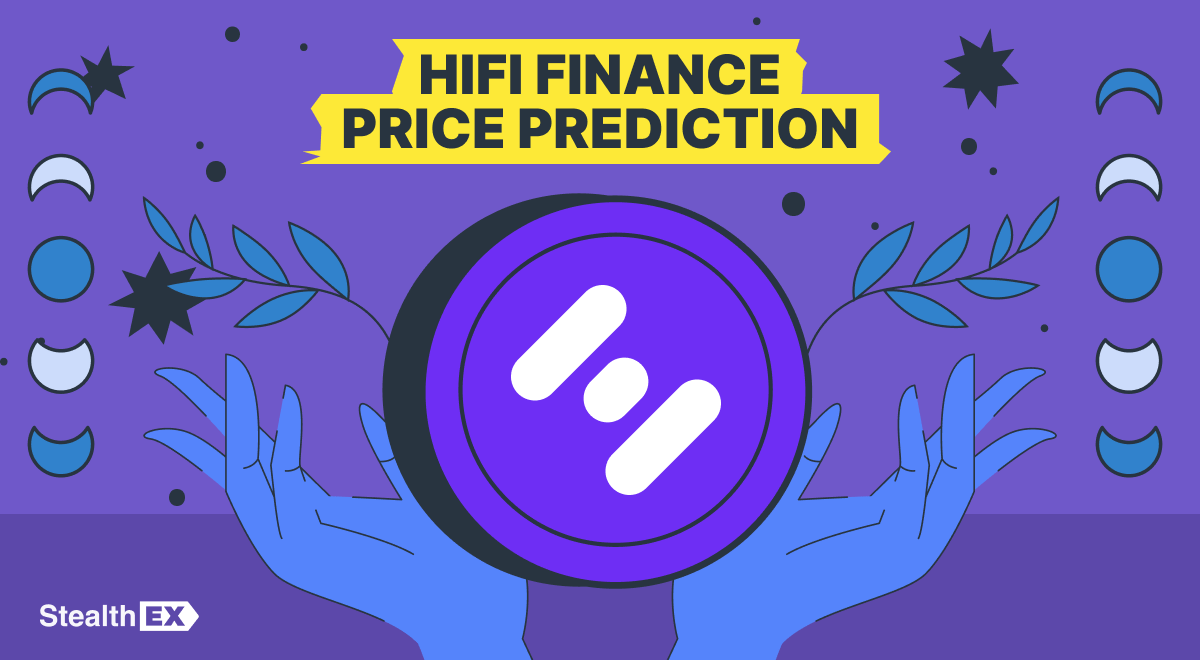What Is Staking Crypto Coins? Quick Start Guide

In this article, you will learn what staking crypto is. Find out the differences between Proof of Work (PoW) and Proof of Stake (PoS). Discover types of crypto staking and much more useful information. So let’s roll!

Article contents
What Does Staking Mean In Crypto?
Staking crypto is a method of obtaining coins based on the Proof-of-Stake (PoS) algorithm – Proof of Stake.
Proof Of Stake VS Proof Of Work
The formation of a block in cryptocurrencies via this algorithm occurs randomly. This is its key difference from PoW, where miners use hardware that selects the only correct number (nonce) to find a new block.
The more powerful the hashrate of the devices, the higher the efficiency of cryptocurrency mining and, therefore, the higher the miner’s earnings.
Thus, staking can be considered a convenient and less expensive way to make money on cryptocurrencies. Proponents of this solution also often say that staking provides a higher level of security, especially in terms of vulnerability to 51% attacks. This is due to the fact that network participants must compete with each other and maintain a certain level of the number of coins in their wallets.
Staking Crypto Types According To The Consensus Algorithm
How Does Proof Of Stake Work?
Proof-of-Stake (PoS) algorithm is fundamentally different from the Proof of Work (POW) algorithm, where the network is supported by miners using powerful and expensive equipment. The POS algorithm allows participants to invest directly in the network itself, ensuring the operability of the blockchain with their capital. To stake funds, the user needs to freeze the balance at the address of his wallet.
At the same time, funds cannot be spent and for this the user receives a reward in the form of network coins, it turns out that “money makes money”. This type of investment can be called passive earnings, because you don’t need to do anything. The investor receives his 5 – 400% per annum, depending on the coin, and the ordinary blockchain user receives a consensus mechanism, which is provided directly by capital.
An example of a POS is ETH 2.0. This is a smart contract that launched in December 2020 and provides for Ethereum staking. To participate in staking and receive interest, you must send at least 32 ETH to the smart contract. As soon as this contract raises 11 million ETH, the main ETH 2.0 network will be launched and the Ethereum blockchain will switch to the POS algorithm.
What Is Leased Proof Of Stake (LPoS)?
This algorithm is very similar to the classic POS, but with minor differences.
The formation and signing of transactions in LPoS are handled by validators. They rent tokens from users who lease their cryptocurrency and receive rent from the validator.
The system calculates the percentage of the cryptocurrency at the validator, and accordingly to this percentage, the validator has a chance to sign the transaction. Validators receive a reward for each signed transaction.
This algorithm was invented by Alexander Ivanov and is used by the Waves project.
Delegated Proof Of Stake (dPOS)
The dPOS algorithm makes it possible to participate in maintaining the health of the network, as well as in the distribution of staking rewards using a minimum amount of cryptocurrency.
DPoS works this way. Stakeholders (coin owners) vote for delegates (validators), who, in turn, verify transactions, form blocks, and thereby ensure the blockchain is operational.
Coin holders can distribute their assets among multiple validators. The more votes a delegate has, the more likely it is to sign the transaction and receive a reward. In turn, stakeholders are rewarded in proportion to the size of their vote.
An example of this technology is the Polkadot project, which makes it possible to block any number of DOT tokens in staking with a validator at 12% per annum on the official wallet of the project. At the same time, the period for blocking coins is 28 days.
Types Of Staking Crypto Depending By Location
DeFi Staking
The DeFi (Decentralized Finance) marketplace is primarily built around the provision of liquidity. Users fill special pools of liquidity with their cryptocurrency, for which they receive a reward. Examples are AAVE, Compound, Uniswap, Bancor, 1inch projects.
Staking Stablecoins
Another interesting option for passive earnings is the profitable staking of stablecoins (USDT, USDC, BUSD). This option is ideal for those who are used to keeping most of their capital not in cryptocurrency, but in fiat. This option, of course, will not allow you to make money on the growth of cryptocurrency, but if you do not like it when your money is idle, feel free to try.
Projects such as AAVE, Compound, Curve Finance, Bancor, and other DeFi projects can be used for staking stablecoins.
Earning from stablecoin staking is very similar to a standard bank deposit, but with much higher interest rates. On average, you will receive from 3 to 10% per annum for staking stables. In some individual cases, the percentage may be higher.
For example, staking USDT is more profitable than staking USDC.
Staking Via Cryptocurrency Exchanges
The largest cryptocurrency exchanges also provide their users with the possibility of passive earnings. Often, large trading platforms launch their own nodes to validate PoS blockchains. This allows exchanges to receive a small percentage of validation, and also contributes to the accumulation of cryptocurrency assets within the site.
How To Stake Coins In Wallet?
We should also mention staking in mobile crypto wallets. This option may be convenient for the user due to its simplicity: no specialized knowledge is required. You just need to have a cryptocurrency on your balance sheet.
This option compares favorably with staking on exchanges since the cryptocurrency remains in the user’s wallet, which means there is no risk of hacking the site.
Summary Information On Staking Crypto
Even though the cryptocurrency market is relatively young, it already competes with the traditional banking system. The annual yield of some coins significantly exceeds the interest on the bank deposit. And the environmental friendliness of PoS blockchains largely surpasses not only the PoW algorithm, but also the banking sector (energy costs for service).
The opportunity to receive passive income from staking attracts more and more capital in this area, and the many options for staking will not leave anyone indifferent. Newcomers will be able to safely and quickly place their assets with minimal risk, and experienced users often use the services of the DeFi sector.
Never chase interest rates too high. Don’t forget, the more profit you promise, the greater the risks. For beginners in the cryptocurrency field, staking on exchanges or in official applications is well suited. If you choose a promising project, then you will receive not only annual interest but also earn on the growth of the rate of the coin itself. If you have a very large capital, then staking stablecoins like a bank deposit will be probably the best solution.
And don’t forget that StealthEX is the best platform to get crypto coins. The process is private, and everyone can buy digital assets instantly without worrying about their safety. You can select more than 350 different cryptocurrencies with no need to provide many details.
How To Buy Cryptocurrency?
Just go to StealthEX exchange and follow these easy steps:
- Choose the pair and the amount for your exchange. For example, BTC to ETH.
- Press the “Start exchange” button.
- Provide the recipient address to which the coins will be transferred.
- Move your cryptocurrency for the exchange.
- Receive your crypto coins!
Follow us on Medium, Twitter, Telegram, YouTube, and Reddit to get StealthEX.io updates and the latest news about the crypto world. For all requests message us via [email protected]
The views and opinions expressed here are solely those of the author. Every investment and trading move involves risk. You should conduct your own research when making a decision.
July 30, 2021
crypto cryptocurrency proof-of-stake staking staking cryptoRecent Articles on Cryptocurrency
 Litecoin Price Prediction: Will LTC Coin Reach $1000?
Litecoin Price Prediction: Will LTC Coin Reach $1000?  Hifi Finance Price Prediction: Is HiFi Crypto a Good Investment?
Hifi Finance Price Prediction: Is HiFi Crypto a Good Investment? 